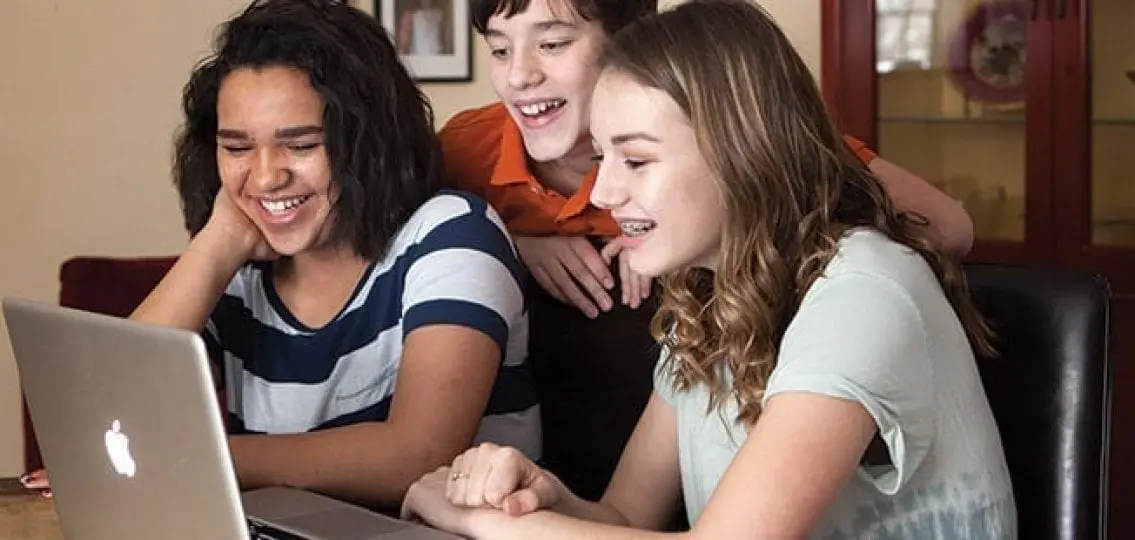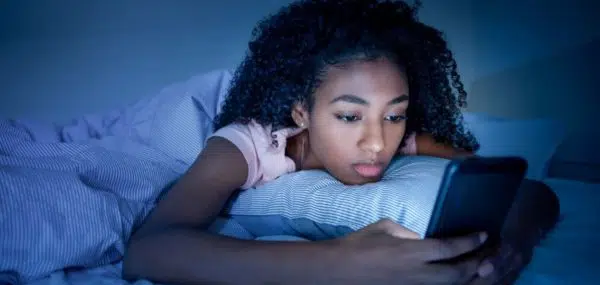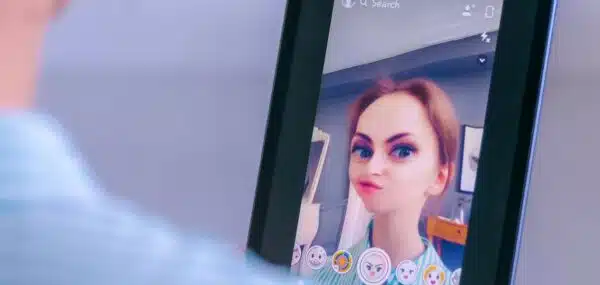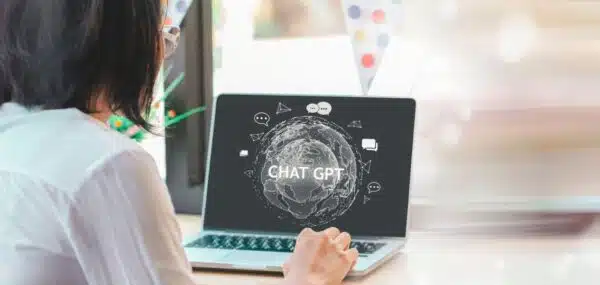My kids first started watching YouTube a few years back. A friend from school had introduced them to Steve, the Minecraft guy.

I didn’t understand the obsession, but after painstakingly watching a few of the episodes, I felt it was harmless and allowed it.
Steve opened the door to an entirely new world for my three tweens. We started watching videos of girls creating purses out of duct tape, in-depth makeup tutorials, how-to segments on cake decorating, and lots of funny animal videos.
Our entire house was hooked, but then we started seeing the dark side with a few simple mis-clicks. There is a lot of scary stuff on YouTube.
The Problem With Youtube For Our Kids
What do tweens watch on youtube? Questionable content, in addition to adult content, includes physical dares such as the recent Tide Pod challenge, girls promoting their achievement of a thigh gap through aggressive dieting, and a slew of vloggers (video bloggers) whose goal is shock value.
“If you go onto any schoolyard, you can hear kids talking about the latest YouTube video,” says Elizabeth Milovidov, founder of DigitalParenting.com and author of The Parent’s Guide to YouTube and YouTube Kids. “I think those conversations indicate that the shared online experiences contribute to their social culture language.”
To connect with their friends, middle-schoolers often want to be plugged into what’s happening on YouTube. At the same time, parents are concerned about the content their kids might see.
Kids love discovering new videos on YouTube. That often means exposure to iffy stuff—even when they’re not seeking it out. Most tweens find out about new videos either from their friends or by clicking on the related video links (which may or may not be appropriate).
Do Parental Controls Work?
In recent years, YouTube has increased the parental controls available on its platform. The company developed an app, YouTube Kids, which the company intends to load with only family-appropriate videos. This dramatically reduces the exposure to questionable material. (Note that journalists have flagged disturbing videos that were not caught by the YouTube Kids filters, so there is no guarantee of appropriate content even here.)
Unfortunately, many tweens find the content too limiting and geared to younger children.
YouTube also offers restricted modes of viewing to block objectionable content—but it functions differently on each device, which can be frustrating to parents.
Restricted Mode filters out any adult content or content that other YouTube users have reported as inappropriate. This setting can be accessed simply by scrolling to the bottom of any page on YouTube or its app and clicking the “on” button.
“Most tweens are smart enough to figure out that the Restricted Mode they can turn can on and off with the click of a button. And at no risk of the parent finding out,” says Chris McKenna, founder of Protect Young Eyes. “That’s why we recommend kids younger than high school only have access to YouTube through a browser that has third-party-filter controls installed.”
McKenna also suggests parents frequently tell their tweens that they will review their internet history through monitoring software.
“Nothing is as great an indicator of what is on your child’s mind and heart than what information they are seeking online,” he says. “Spying doesn’t teach them anything. But, being openly accountable for our actions teaches them a lot about being careful with their clicks.”
No Magic Solution
The problem with YouTube videos is that inappropriate content can spread across the platform like wildfire. Often before parental controls or parents themselves can identify it.
“I suggest that parents watch how their children interact with their devices,” says Milovidov. “For example, are they angry, aggressive, depressed, or anxious after watching certain channels or episodes? Obviously, if that is the case, parents need to intervene.”
Parents who expect YouTube control software or third-party apps to filter out inappropriate content will quickly become frustrated, she adds. Using such filters will help, but moms and dads are the ultimate parental control.
The classic screen advice to parents holds true here, too. Watch some videos with your kid to get a sense of what they’re seeing. And to the extent possible, keep screens in public parts of the home.
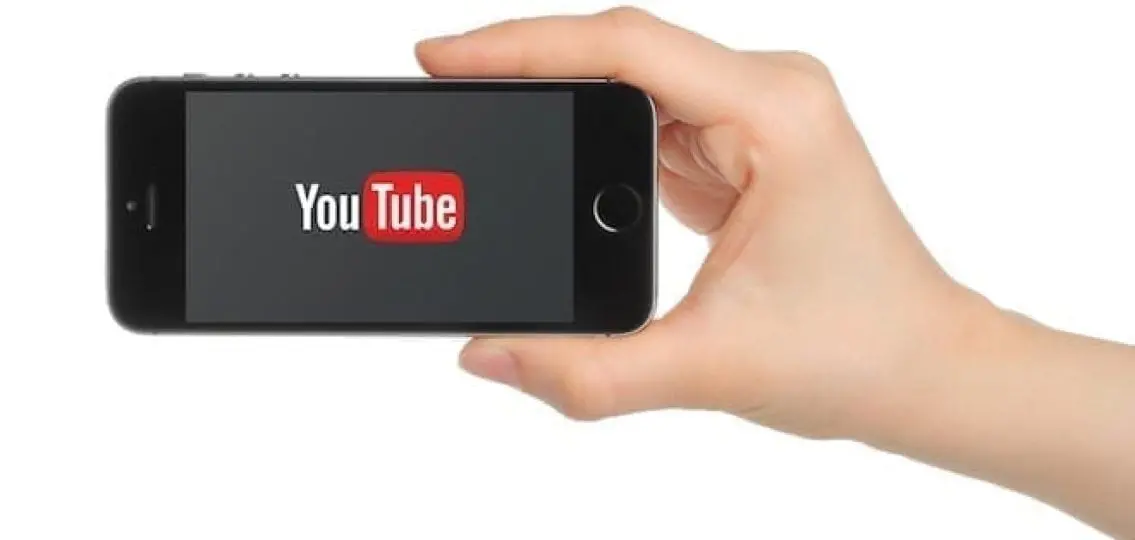
“Parents can start conversations with their children about appropriate viewing early on. Keep talking so that the kids are aware of potential issues,” says Milovidov. “If children know that their parents will not yell or remove their devices for months at a time, they will feel more confident coming forward when they do have a problem.”
